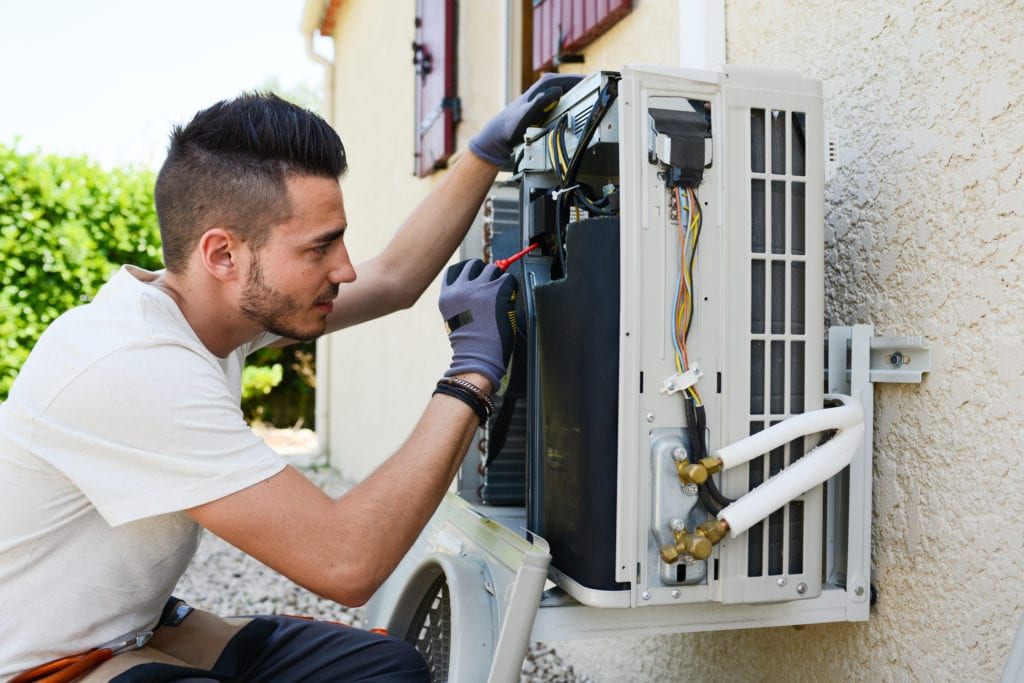
As the temperatures rise, a malfunctioning air conditioner can turn your home or office into an uncomfortable sauna. Calling a professional for AC repair can be costly and time-consuming. However, with a little bit of knowledge and the right tools, you can tackle some common AC issues on your own. In this article, we will provide you with top tips for DIY AC repair success to help you stay cool and comfortable during the hottest months of the year.
Common AC Problems
Before you start any DIY AC repair, it's important to understand the common issues that can occur with air conditioning units. Here are some of the most frequent problems you might encounter:
1. Clogged Air Filter
- A clogged air filter can restrict airflow and cause your AC to work harder than necessary.
- Check your air filter regularly and replace it if it is dirty or clogged.
2. Refrigerant Leaks
- If your AC is low on refrigerant, it can lead to decreased cooling performance.
- Look for signs of refrigerant leaks, such as hissing sounds or ice buildup on the refrigerant lines.
3. Faulty Capacitor
- A faulty capacitor can prevent the compressor from starting, leading to a lack of cooling.
- You can test the capacitor with a multimeter and replace it if necessary.
Top Tips for DIY AC Repair Success
1. Safety First
Before you begin any AC repair work, make sure to prioritize safety. Here are a few safety tips to keep in mind:
- Always turn off the power to your AC unit before starting any repair work.
- Use insulated gloves and safety glasses to protect yourself from electrical shocks and debris.
- If you are unsure about any aspect of the repair process, it's best to call a professional.
2. Clean the AC Unit
Regular cleaning and maintenance can help prevent many common AC problems. Here's how you can clean your AC unit:
- Remove any debris, leaves, or grass clippings from the exterior of the unit.
- Clean the condenser coils with a soft brush to remove dirt and debris.
- Check the condensate drain for clogs and clear any obstructions.
3. Check the Air Filter
A dirty or clogged air filter can restrict airflow and reduce the efficiency of your AC unit. Here's how you can check and replace the air filter:
- Locate the air filter on your AC unit.
- If the filter is dirty, remove it and replace it with a new one of the same size and type.
- Regularly check and replace the air filter every 1-3 months, depending on usage.
4. Inspect the Refrigerant Lines
Leaking refrigerant can cause your AC unit to underperform. Here's how you can inspect the refrigerant lines for leaks:
- Look for any visible signs of oil or refrigerant leaks around the refrigerant lines.
- If you suspect a leak, contact a professional to repair the leak and recharge the refrigerant.
5. Test the Capacitor
If your AC unit is not turning on, a faulty capacitor could be the cause. Here's how you can test the capacitor:
- Locate the capacitor in your AC unit (usually near the compressor).
- Use a multimeter to test the capacitor for continuity.
- If the capacitor is faulty, replace it with a new one of the same rating.
By following these top tips for DIY AC repair success, you can keep your air conditioner running smoothly and efficiently. However, if you encounter complex issues or are unsure about any repair work, it's best to contact a professional HVAC technician to avoid causing further damage to your AC unit. Stay cool and beat the heat with a well-maintained air conditioning system!




